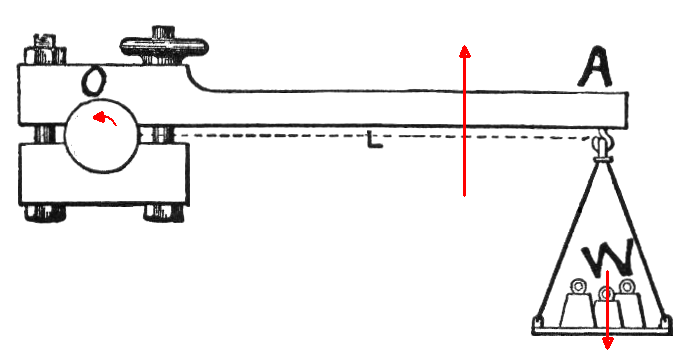Page 19 – How NOT to Measure Engine Power
Earlier, I pleaded that
newcomers to Stirling engines do not innovate with their first
engine.
Now, I plead that when it comes to measuring
the power of an engine,
that you do not fall prey to this
tempting idea.
Do not hook up a generator to your
engine, connect some 20 watt car light bulbs
and claim that
because three of them are alight that the engine makes 60
watts.
The are many ways in which this not producing
correct results
How is the engine shaft connected to
the generator?
A drive belt is the worst. Drive belts slip.
During a revolution of the engine, the force
from the engine
changes quite a lot. This change in tension causes slippage.
This
is why toothed drive belts are used widely.
But engine power
is used in flexing belts.
Some of the engine power is lost -
before it even gets to the generator.
The DC Generator.
How efficient is it? Most of man’s engines are less than 50%
efficient.
Worse, my understanding of the DC generator
is that its efficiency varies with its speed.
Low speeds –
low efficiency. 2000 rpm – maybe 40% efficiency.
The
12 volt, 20 watt car sidelight bulbs. Yes, if you put 12v through
them, they can take
20 watts without burning out the
filament.
The 20w rating is the maximum load they are
designed for.
A bulb may be glowing quite brightly but
it is certainly not using 20 watts.
It might have 8 volts
across it and say 1.2 amps going through it. That’s 9.6
watts.
Do not claim that with three bulbs alight, the
engine is making 60 watts.
It is not.
Gaspard de Prony sorted this
all out back in 1821.
The “Prony brake”
uses action and reaction to produce force that is easily measured.
This where we get the term brake horsepower –
BHP.
Our engines are more into brake wattage rather
than horse power and, unfortunately,
for these low power
values, we have to make our own equipment.
The
principle is simple – a clamp is fixed around the rotating
shaft.
It grips the shaft and
acts as a brake.
But
the brake shoes want to spin with the shaft.
A lever is
attached to the brake and if the shaft is tightly clamped,
then
the lever needs quite a lot
of force to stop it spinning.
If the end of that lever
pushes on some scales,
then we can measure the force that the
brake is placing on the shaft.
The power is calculated
from measuring the rpm of the engine,
the weight exerted at
the end of the lever,
and the length of the
lever.
